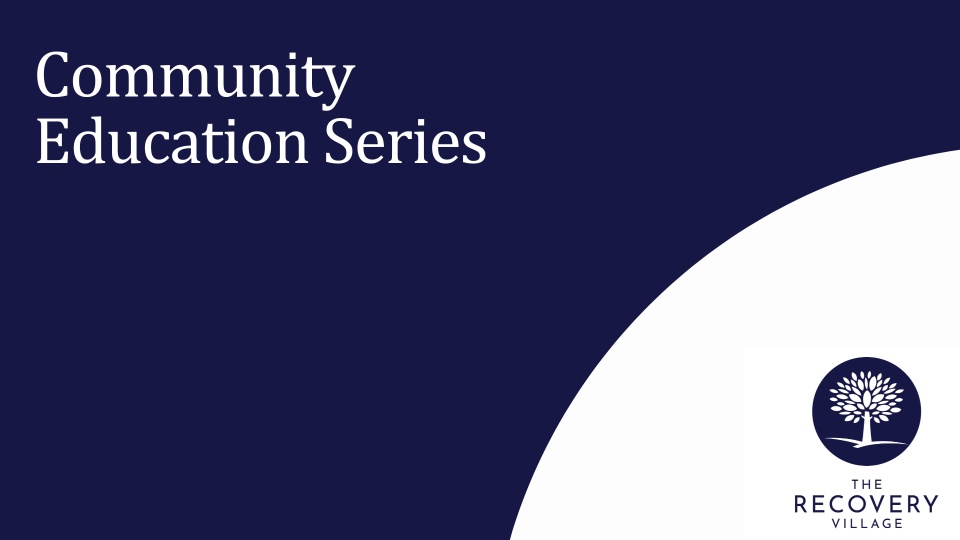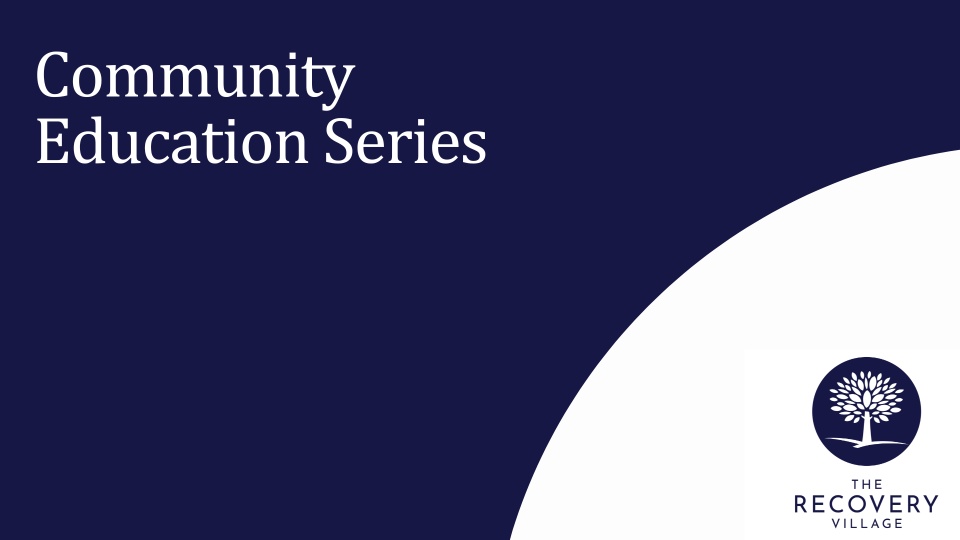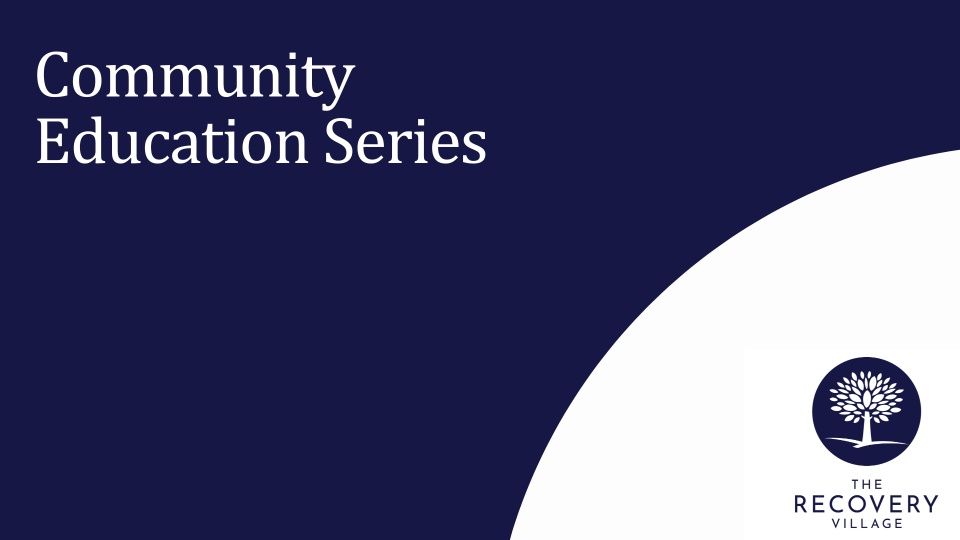Grief is natural, but many people still try to hide it away. In this presentation, you’ll learn about healthy grieving processes and how different cultures and societies grieve.
Estimated watch time: 40 mins
Available credits: none
Overview:
In this presentation, Alyssa Ackerman discusses the way different cultures cope with death and the grieving process. She shines the spotlight on techniques our society can use to address the grieving process in healthier and more helpful ways. Grief is innately human, and Alyssa explains how it’s something that should be shared — in all of its unique forms — instead of hidden.
After watching this presentation, the viewer will:
- Understand how different cultures and societies grieve
- Learn about how social stances on grief have changed and continue to change
- Know different strategies for healthy grieving









